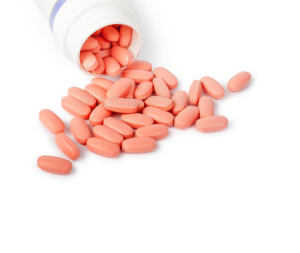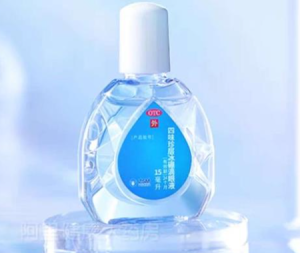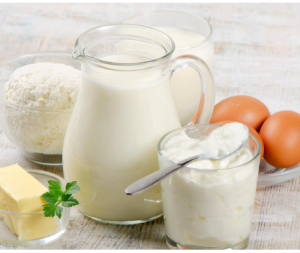Naturally occurring in soil as a result of bacterial fermentation, Natamycin, also known as Pimaricin, was discovered by DSM scientists more than 50 years ago. It has been on the market since 1967 and is predominantly used for food preservation and in very rare cases as a treatment for fungal infections.
Natamycin is produced by a pure culture of Streptomyces natalensis bacteria following a strictly controlled fermentation process. After extraction, the Natamycin is centrifuged, filtered, and washed, to ensure the purity and quality of the end product. Natamycin is available in both liquid and powder formulations and commercially sold, amongst others, by DSM, under the brand name Delvo®Cid.


Natamycin protects foods through a unique mechanism that targets ergosterol in the cell wall. Ergosterol is a building block of yeasts and molds, which is responsible for intracellular nutrient transport, and therefore vital for their survival. As ergosterol is not present in the outer membranes of bacteria, these remain unaffected.
Medical
Natamycin is used to treat fungal infections, including Candida, Aspergillus, Cephalosporium, Fusarium, and Penicillium. It is applied topically as a cream, in eye drops, or (for oral infections) in a lozenge. Natamycin shows negligible absorption into the body when administered in these ways. When taken orally, little or none is absorbed from the gastrointestinal tract, making it inappropriate for systemic infections. Natamycin lozenges are also prescribed to treat yeast infections and oral thrush.


Food
Natamycin has been used for decades in the food industry as a hurdle to fungal outgrowth in dairy products and other foods. Potential advantages for the usage of natamycin might include the replacement of traditional chemical preservatives, a neutral flavor impact, and less dependence on pH for efficacy, as is common with chemical preservatives. It can be applied in a variety of ways: as an aqueous suspension (such as mixed into a brine) sprayed on the product or into which the product is dipped, or in powdered form (along with an anticaking agent such as cellulose) sprinkled on or mixed into the product.









